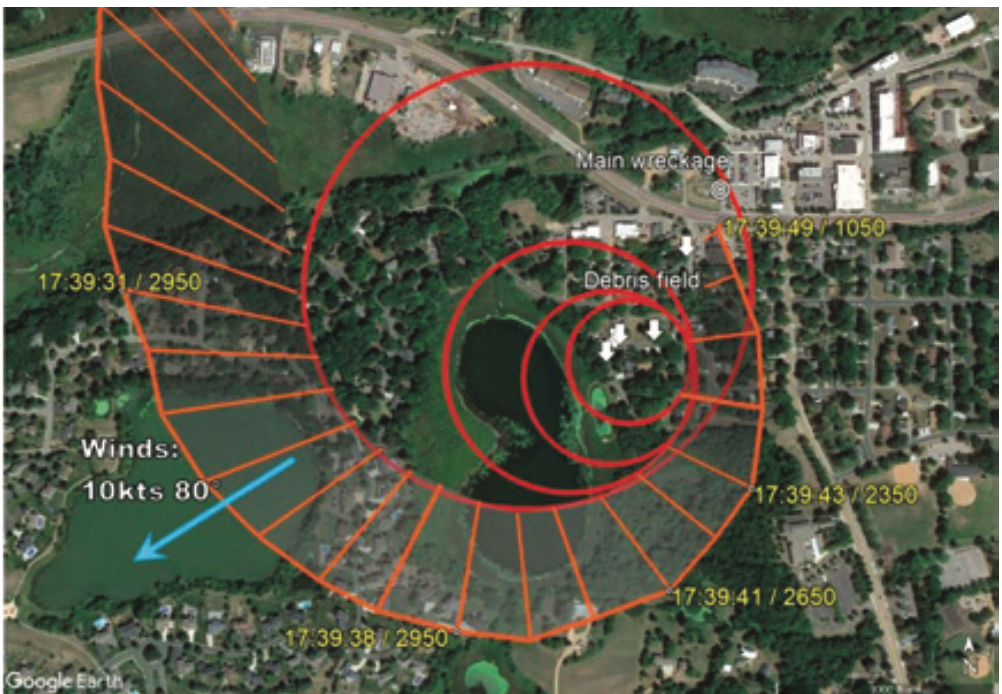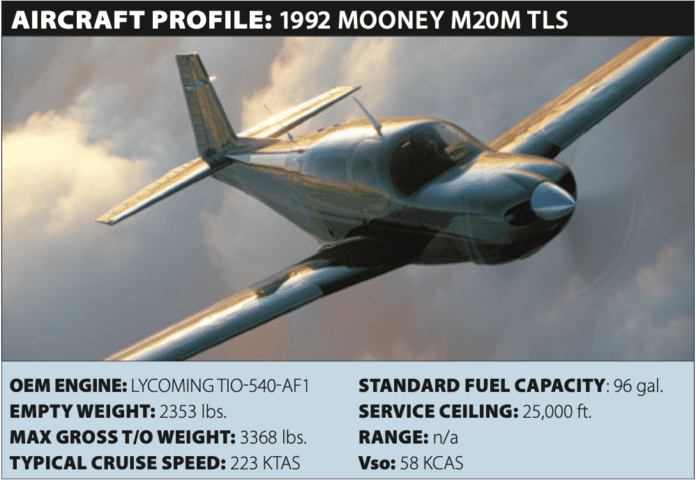One important thing pilots too often minimize is the need for proficiency at their craft. Just because you have something in your wallet saying you legally can do Thing A, it doesn’t mean you can always do it well, or to minimum standards. An FAA medical certificate is similar: On a certain day not that long ago, you met the minimum standards for one, but if you, say, break a leg, you no longer can fly except as awkward self-loading cargo.
The instrument rating is another excellent example—just because we have one, it doesn’t mean we always can go out to the airport and launch into a 200-foot overcast. As much as we might want it to be otherwise, we need to establish and maintain instrument proficiency in that kind of takeoff and departure to be able to do it well. Sure…if we’re not legally current, or are legal but rusty, we can give it a shot and lean on the autopilot for the hard work.
But the airplanes we typically fly don’t take off and land themselves—a human still has to do it—and the quality of our instrument takeoffs and approaches tends to vary directly with how much time and effort we put into practicing for them. It’s not rocket science.
“What’s the worst that can happen?” you might ask when you’re tempted to do something in an airplane that you haven’t done lately. Well, as we’re about to see, if you lose control in instrument conditions, exit the bottom of a cloud deck into visual conditions and pull up too hard, you can break the wings off.
History
On August 7, 2021, at about 1740 Central time, a 1992 Mooney M20M TLS was destroyed when it collided with terrain after its airframe failed while conducting an ILS approach to Flying Cloud Airport (FCM) in Minneapolis, Minn. The private pilot (male, 72) and two passengers (one of whom was a student pilot) were fatally injured. Instrument conditions prevailed; an IFR flight plan had been filed.
The flight departed Alexandria, Minn., at about 1654 and climbed to 5000 feet msl while en route. Nearing the destination, a descent to 3000 feet was performed, and it was cleared to fly the ILS Runway 10R at FCM. About 10 miles from the runway while on final approach, the airplane tracked left of the localizer and descended below 2700 feet, followed by a right turn back toward the final approach course as it continued to descend. The airplane triggered a low-altitude alert to ATC, which was relayed to the pilot and acknowledged. No further transmissions were received from the pilot.
The airplane subsequently made an abrupt left turn and began a rapid descent, during which radar contact was lost. The airplane collided with terrain, and a postimpact fire ensued.
Investigation
The NTSB’s final report on this accident included the image at right, depicting the airplane’s final turn, which exceeded 8 g. According to the image caption, “The red circles near the center…depict the radius of the airplane’s final left turn at four different points.”
The image was developed as part of the performance study the NTSB conducted using ADS-B data. If nothing else, it tells us how granular and ubiquitous ADS-B data has become in accident investigations.

Several witnesses heard a loud popping noise and observed the airplane in a rapid descent, with at least one of its wings “folded up.” A security video revealed the airplane was upright and in a nose-high attitude at ground impact, and that both wings and the right stabilizer were deflected upward into a vertical position. A King Air pilot who heard the accident pilot’s communications with ATC stated he sounded “stressed” and “confused.” The King Air crew later reported cloud tops at about 4500 feet msl and breaking out on final at about 1000 feet agl. Their ride was smooth.
The airplane impacted the ground on a northerly heading. The left horizontal stabilizer and left elevator were found about 720 and 800 feet, respectively, southwest of the accident site. A six-inch section of the main wing spar upper cap splice plate was found about 300 feet southwest of the accident site.
Both wings were fractured near the outboard ends of their respective main landing gear wheel well. The lower spar cap on both wings showed no deformation adjacent to the main spar fracture locations, whereas the upper spar caps exhibited S-bending. All the examined fractures had a dull, grainy appearance consistent with overstress separation, and no evidence indicated corrosion or pre-existing fractures.
According to the NTSB, the airplane’s maximum positive load factor with flaps up is listed as 3.8 G. The airplane’s maneuvering speed (VA), the speed above which full deflection of any flight control should not be attempted due to risk of structural failure, is listed as between 111 and 126 KCAS. The NTSB’s performance study found that, after 1739:00, the airplane made increasingly tight turns at speeds above VA. The study also found that, while on final approach, the airplane’s airspeed slowed to about 80 knots, and then increased to about 140 knots. The flight track diverged to the left of the approach course, and the airplane descended about 300 feet. It then turned right, and the descent continued. During the turns, erratic altitude and airspeed fluctuations occurred, resulting in the airplane’s airspeed increasing to more than 180 knots. At around 1739:44, increased speed and a tighter turn resulted in a load factor greater than 8 G.
A friend of the accident pilot reported often acting as safety pilot when the accident pilot practiced instrument approaches, but the two pilots had not flown together in 2021 due to the Covid pandemic. The friend was not aware of another safety pilot with whom the accident pilot flew in 2021, and also was not aware of the accident pilot using a flight simulator during the time preceding the accident. The accident pilot’s logbook had no recent entries for practice approaches.
The NTSB’s investigation found no preaccident mechanical failures or malfunctions with the airplane or engine were observed that would have precluded normal operation.
Probable Cause
The NTSB determined the probable cause(s) of this accident to include: “The pilot’s loss of airplane control due to spatial disorientation during final approach, which led to a spiral dive that overstressed the airplane and resulted in an in-flight breakup.”
The NTSB noted, “While the pilot was flying the final approach, several of his radio transmissions to ATC were either delayed or disjointed, indicating that the pilot was task-saturated. The performance study showed that, when the airplane made the series of turns while on final approach, erratic altitude and airspeed fluctuations occurred. These airspeed and altitude fluctuations and the tight spiraling turn that began afterward were consistent with the pilot becoming spatially disoriented due to the lack of visual references while the airplane was operating in IMC. The pilot’s spatial disorientation led to his loss of airplane control.”




